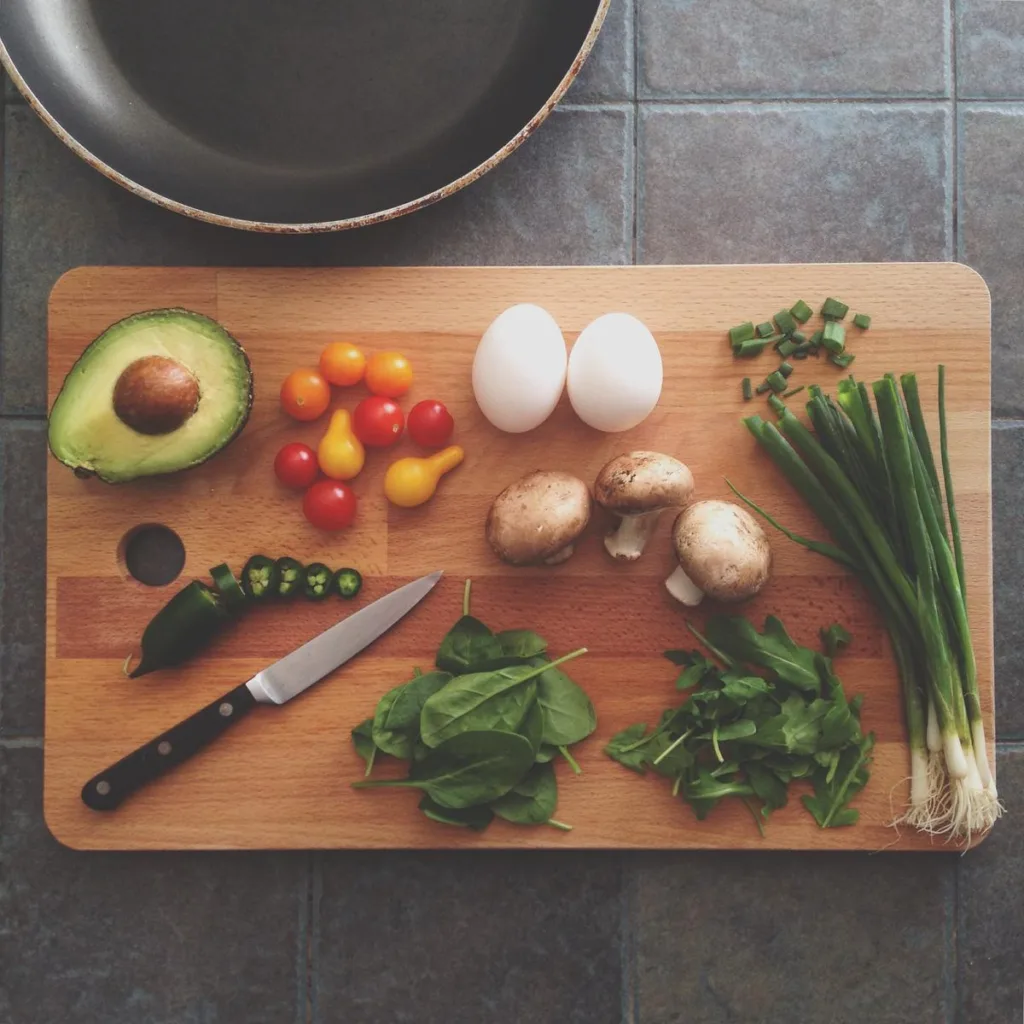Achieving Weight Loss on a Budget
Losing weight can seem like an uphill battle, especially when trying to do so on a budget. Between gym memberships, pricey diet foods, and unhealthy grab-and-go meals, it’s easy for the costs of weight loss to start adding up. However, with some planning, creativity, and commitment, you can absolutely achieve your weight loss goals without breaking the bank.
In this blog post, we’ll explore some of the best tips and strategies for frugal yet nutritious meal planning. Following these practical steps can help you successfully trim your waistline while keeping grocery bills low. Read on to learn how you can embrace healthy, budget-friendly eating on your weight loss journey!

1. Set Clear Goals
The first step in any weight loss effort is defining your goals. Take some time to determine how much weight you want to lose and your target date for reaching your ideal weight. Setting S.M.A.R.T. goals—specific, measurable, achievable, relevant, and time-bound—is key. This gives you a concrete weight loss plan to strive for while allowing flexibility to adjust your approach as needed.
Clearly defined goals also enable you to better plan affordable, nutritious meals that align with your objectives. You can choose foods that provide satiation and energy while limiting empty calories. Portion control and calorie counting become much easier when you have precise weight loss goals in mind. Approach your budget meal planning as a helpful tool for accomplishing the goals you’ve set.
2. Create a Weekly Meal Plan
Planning out your meals and snacks each week is one of the most important steps for eating well on a budget. Meal prepping prevents you from making impulse purchases or opting for quick, unhealthy takeout when hunger strikes. Take time each week to map out recipes for breakfast, lunch, dinner, and snacks that align with your budget and nutrition needs.
When creating meal plans, be sure to incorporate plenty of fruits, vegetables, lean proteins, whole grains, and healthy fats. These provide satiation and sustained energy levels to power you through your day. Try new recipes with economical ingredients like beans, eggs, oats, and frozen produce. And don’t forget to account for leftovers—planning to repurpose them will help reduce food waste.
3. Shop Smart
Armed with your weekly meal plan, head to the grocery store prepared. Make a detailed shopping list of everything you need, organized by store section to maximize efficiency. Try to stick closely to your list and avoid impulse purchases like sweets, chips, and soda that pack calories and expense.
Additional smart shopping tips include buying store brands, purchasing in bulk, and sticking to the perimeter of the store where whole foods like produce, eggs, meat, and dairy are located. The aisles tend to contain more processed and packaged items. Take advantage of sales, coupons, loyalty programs, and apps like Flipp that aggregate deals from different stores. And don’t shop hungry—it often leads to straying from your budget-friendly list.

4. Embrace Seasonal and Local Produce
Eating seasonally from your local farmers market is a delicious way to stay on budget. In-season produce is abundant, so costs are lower. And local fruits and vegetables are often harvested closer to ripeness, tasting fresher and containing more nutrients.
See what’s in season each month and plan recipes accordingly. For example, winter is a great time for root vegetables like potatoes, carrots, and beets. In spring, enjoy tender asparagus, spinach, and strawberries. Stone fruits like peaches shine in the summer, while apples, squash, and pumpkins take the spotlight for fall.
Not only is seasonal produce budget-friendly, but varying your fresh foods throughout the year provides a diverse array of vitamins, minerals, and antioxidants. This supports your body’s nutritional needs as you shed pounds.
5. Cook in Batches
When you cook, make extra. Batch cooking multiple servings of dishes like soups, grains, beans, and proteins saves you time and money. The initial prep work gets divided over several portions, reducing your cooking time on busy nights. And since ingredients are usually cheaper when bought in bulk, batch cooking helps you maximize these cost savings.
Free up your freezer to store batch cooked food. Portion it out into microwavable containers for quick, wholesome meals and leftovers throughout your week. Some excellent make-ahead choices are chilis, stews, casseroles, roasted vegetables, and grilled proteins. With a freezer full of budget-friendly meals, you’ll be less tempted to cave to expensive takeout on your weight loss journey.

6. Buy in Bulk
Certain pantry staples available in bulk offer additional ways to cut costs. Think beans, lentils, whole grains, nuts, and more. Stock up on items you use frequently when they are discounted. Frozen produce like berries and veggies can also be more economical to purchase in bulk.
Just be mindful that bulk buying only saves money if you can eat or preserve the food before it spoils. Make a plan to rotate items and incorporate them into recipes over the coming weeks. And invest in airtight containers to keep bulk grains, nuts, flours, and more pantry fresh for longer. With some organization, buying in bulk will stretch your grocery dollars.
7. Limit Eating Out
Dining out poses diet dangers, often derailing budget-conscious meal plans with hidden calories and high costs. Meals at restaurants typically contain extra helpings of sodium, saturated fat, and sugars that can counteract your weight loss efforts. And the financial expense can add up exponentially over the weeks.
Limit dining out to special occasions and instead bring nutritious, budget-friendly homemade lunches and snacks to work. For social gatherings with friends, suggest potlucks where everyone contributes a healthy, affordable dish. Planning ahead will help you resist the convenience and cravings of restaurant meals. Your wallet and your waistline will thank you.
8. Use Leftovers Creatively
Finding delicious ways to use leftover ingredients will minimize food waste and keep your budget on track. Soups, salads, bowls, and wraps are all excellent vehicles for leftovers. Stale bread can become croutons or breadcrumbs. Wilting produce gets fresh life in smoothies or crisped into chips. Leftover cooked grains make splendid fried rice. And dressings like vinaigrettes can refresh boring proteins.
Implement a weekly leftover meal to get creative with ingredients languishing in your fridge. Omelet Fridays work great, as do rice bowls, taco nights, and soup Saturdays. Saving money starts with eating the groceries you’ve already bought.
9. Track Expenses and Progress
As with any journey, tracking your progress is paramount in staying motivated and on target. Apps like MyFitnessPal enable you to log meals, count calories, and chart your weight. And don’t just monitor the numbers on the scale—take body measurements and photos as well.
Financial tracking matters too. Use a budgeting app or spreadsheet to tally up grocery costs and dining out expenses. This helps identify savings opportunities and areas of overspending sabotaging your frugal meal plans. Celebrate when you meet savings goals and stay accountable.
Consistency with tracking both food and finances keeps you informed, motivated, and focused on achieving your weight loss goals on a budget. Adopt the habit to drive your continued success.

Eating Well on a Budget: Your Path to Weight Loss Success
Losing weight and eating nutritiously on a budget is absolutely achievable with commitment and planning. Meal prepping, advance grocery lists, batch cooking, buying in bulk, and creative repurposing of leftovers are all impactful strategies for frugal weight loss. Coupled with activity you enjoy, embracing these habits leads to transformative results over time.
With clear weight loss goals defined, maintaining an organized, budget-friendly meal plan prevents overspending and excess calories from derailing your progress. Seek out deals on local, seasonal ingredients to maximize nutrition at lower costs. Find convenience in preparing homemade grab-and-go meals and snacks to limit pricey dining out. And stay on track through consistent monitoring of your expenses and weight.
Take control of your food budget and achieve your health goals with these practical, proven tips. Your dream body and balanced budget are closer than you think. Commit to the journey and adopt frugal meal planning strategies for success. A healthier, happier you awaits!
Get More Weight Loss Tips
Want to get more insights for achieving your weight loss goals? Sign up for our free email newsletter for exclusive content to help you eat better, move more, spend less, and feel great on your journey to a healthier you! Just click below to subscribe and we’ll send you helpful tips straight to your inbox:
[Sign Up Here]
Thank you for reading this post, don't forget to subscribe to our free newsletter
!
